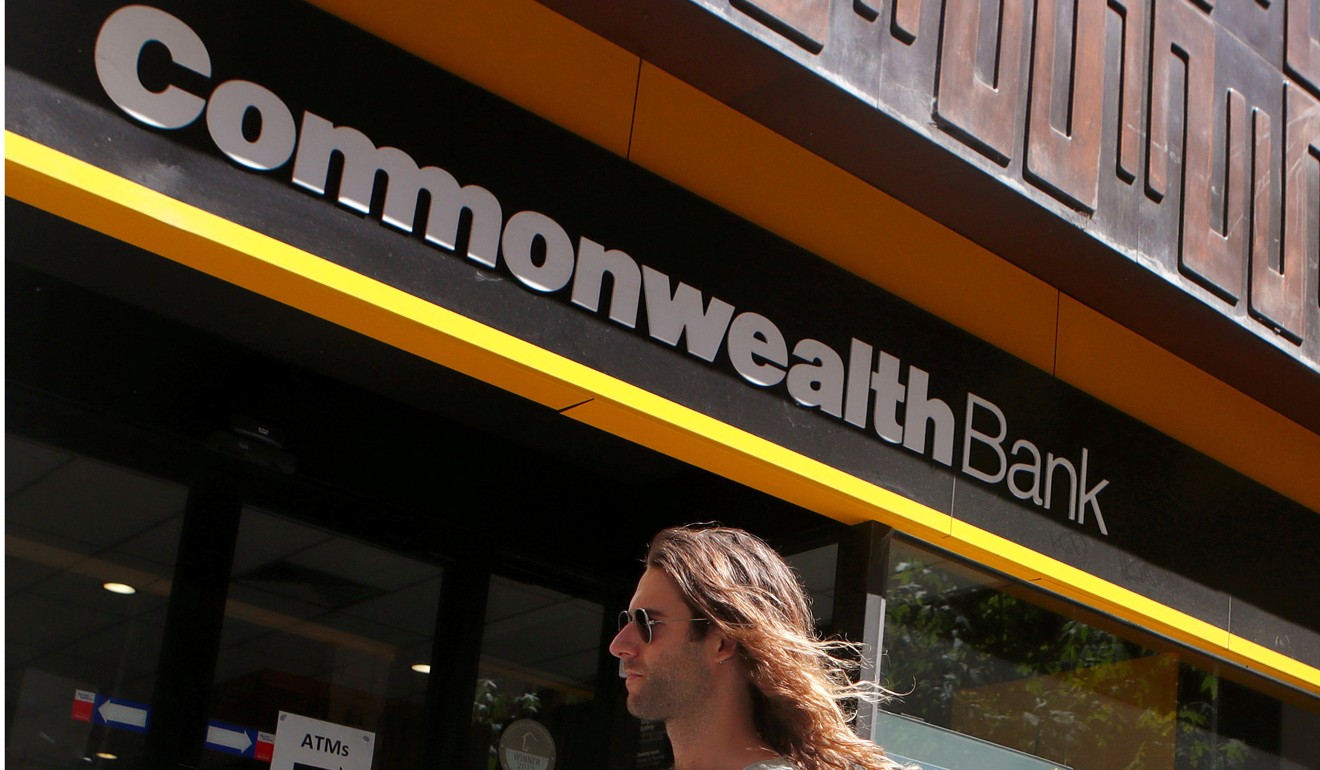
Australian home prices could fall further as banks tighten loan rules
Analysts predict an increase in interest rates will drag property prices lower
A toughening of lax lending standards in Australia is threatening an already cooling property market.
An inquiry into misconduct in the financial industry is likely to lead to greater regulation of the nation’s A$1.6 trillion (US$1.2 trillion) mortgage market. Banks have routinely relied on an unrealistically low estimate of homebuyers’ living expenses, and a more genuine assessment of spending could reduce borrowing power by as much as 35 per cent, according to UBS Group analysts.
That would mean many new buyers simply would not be able to afford current prices – a further drag on home prices that are already falling as a seven-year property boom tails off.
“What drives house prices is credit availability,” said Sean Fenton, director at Sydney-based Tribeca Investment Partners, which manages about A$2.5 billion. “A tightening of lending standards directly impacts the ability of the marginal buyer to buy a house.”
The heat is already coming out of the housing market. Prices in Sydney, the world’s second-most expensive property market, fell 2.1 per cent in March from a year earlier, according to CoreLogic. A year ago, annual price growth was running at almost 16 per cent. The top end of the market has recorded the biggest falls, the data show.
The boom was fuelled, in part, by easy credit. Many of the big lenders relied on a basic household expenditure benchmark to estimate living costs when determining how much someone could borrow.

According to UBS analysts, banks assumed the same A$32,400 annual expenses for households earning A$80,000 or A$500,000, in a country where private school fees can run to more than A$30,000 a child.
The lax spending checks inflated the amount homebuyers could borrow, saddling them with mortgages they may struggle to repay if interest rates rise.
“It’s really obvious that a lot of people have a lot of unmanageable debt,” said Karen Cox, coordinator of Sydney’s Financial Rights Legal Centre, which fielded 25,000 calls last year from people seeking financial help. “Because it’s such a benign interest rate environment, the problems can only get worse.”
A tightening of lending standards directly impacts the ability of the marginal buyer to buy a house
Based on historic income and price relationships, property prices in Sydney and Melbourne are overvalued by between 25 per cent and 30 per cent, according to Paul Dales, chief Australian economist at Capital Economics. For now, he is predicting prices will just edge lower, with the crunch coming if interest rate increases coincide with tighter credit conditions. “All properties in those cities are particularly vulnerable.”
The banks are already moving to get ahead of potential regulatory changes.
Starting this week, Westpac Banking will require a more detailed breakdown of borrowers’ spending and existing debts. “Westpac is committed to responsible lending and ensuring we have a clear understanding of our customers’ financial situations,” a spokesperson said.
Commonwealth Bank of Australia now captures 11 categories of expenses from would-be borrowers, according to a spokesperson. National Australia Bank last year started automatically declining mortgage applications with higher loan-to-income ratios, a spokesperson said.
Australia & New Zealand Banking Group in December “significantly increased” the number of questions about spending to mortgage applicants, and will start to do the same of credit cards and personal loans, a spokesman said.
“The Royal Commission has changed the game,” UBS analyst Jon Mott said, predicting further credit restrictions will be put in place. “This could lead to Australia’s Minsky moment,” he said, referring to the economic term for a sudden collapse in asset prices after a long period of growth.
Homebuyers are starting to feel the effects of tougher lending standards, said Otto Dargan, director of mortgage broker Home Loan Experts. Borrowers’ estimates of their own spending are being verified against bank account and credit card records, and loan applications are being delayed while more questions are asked, he said.
To be sure, three factors stand in the way of a substantial drop in home prices: population growth, a lack of supply and low interest rates. Most economists predict a soft-landing in the housing market, with declines of no more than 5 per cent to 10 per cent. “We don’t expect to see a big correction,” said Sarah Hunter, head of Australia macroeconomics at BIS Oxford Economics. “For some households, though, it is clearly going to be a struggle.”

